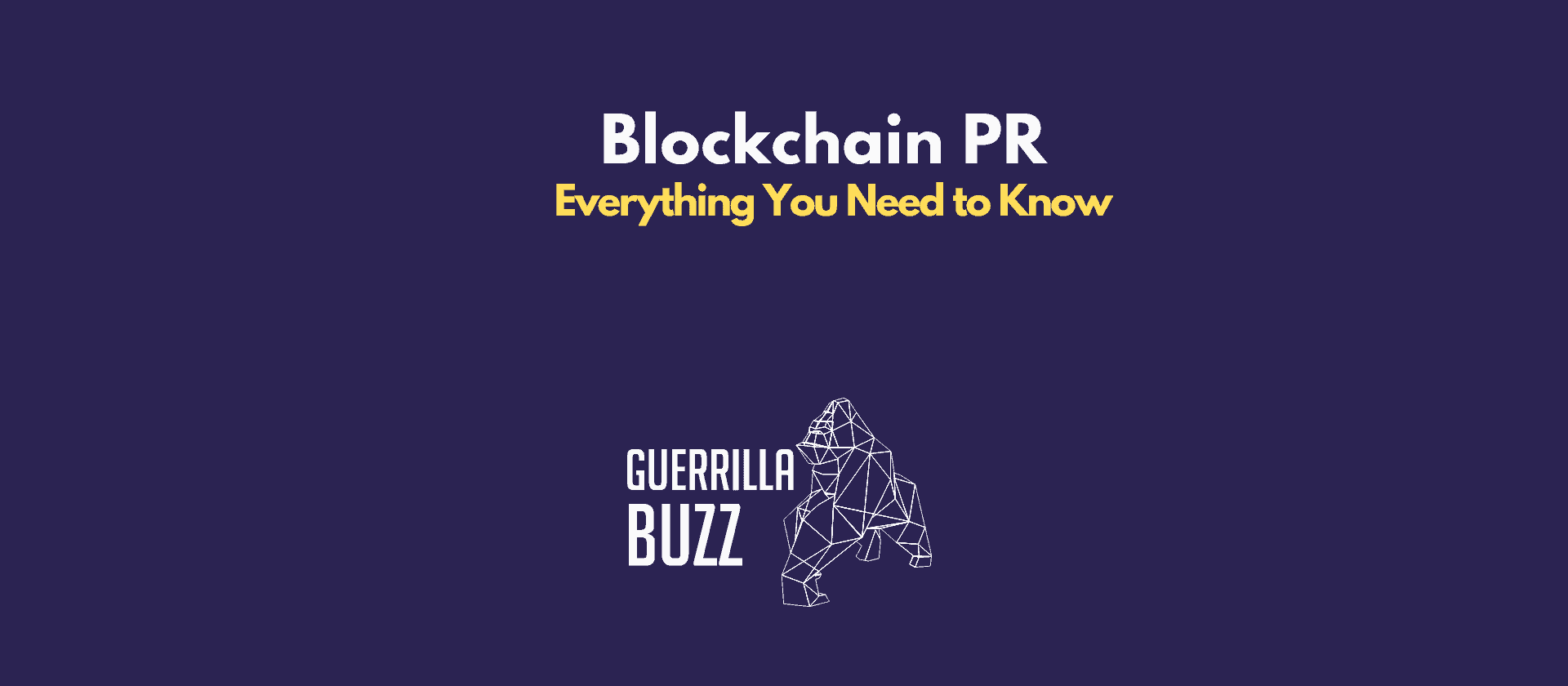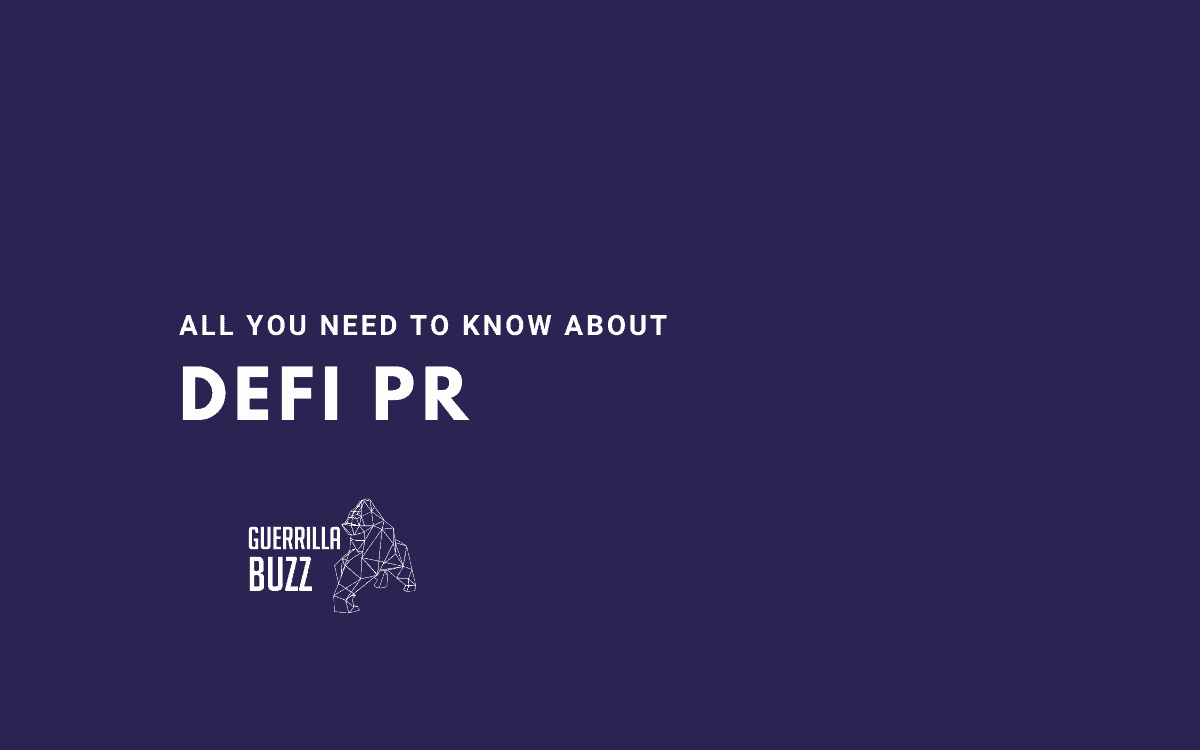Running GuerrillaBuzz has given me the chance to work with hundreds of Crypto and Web3 projects. I’ve seen what works and what doesn’t, and I’ve learned a lot from both the successes and failures. Here are some of the most common PR mistakes I see companies make and how you can avoid them to keep your project on the right track.
1. Misunderstanding Your Audience
Your project might be a technical marvel, and it’s perfectly fine to publish in-depth technical articles. However, when getting featured on a news site, you need to match the content to what the target audience is looking for. For example, readers on Coindesk are less likely to be technical compared to those on Hackernoon. Similarly, The New Stack’s audience might care more about DevOps, while TechCrunch readers are more interested in broader tech trends. Understanding the target audience of each publication and tailoring the technical level of your PR efforts is a must.
You can get a better understanding of the target audience and which publication or news site is important for you by simply mapping and prioritizing.
Here’s a simple example of how you can do it:
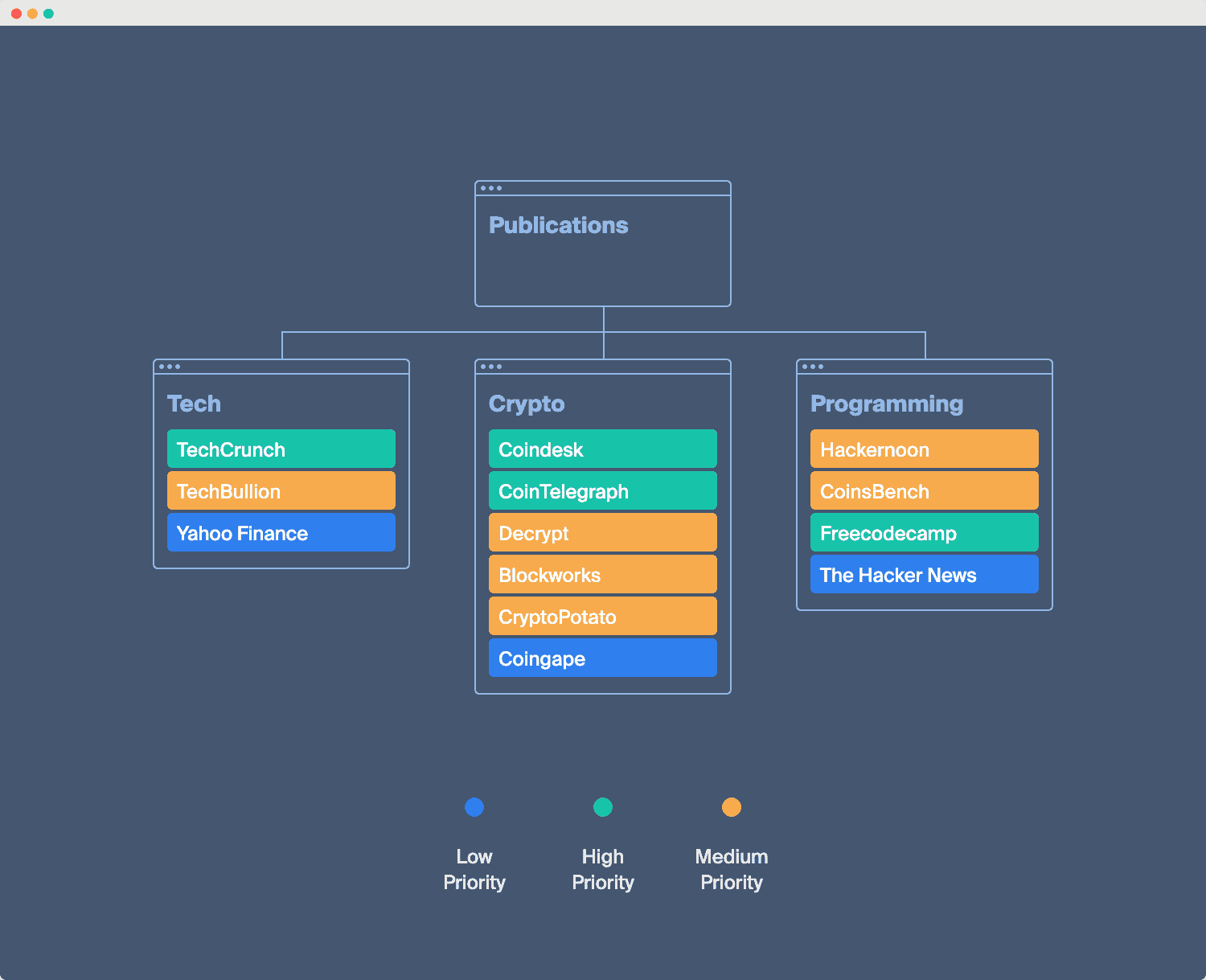
2. Comprehensive Marketing Strategies
Many companies invest heavily in articles that mostly link to their homepage and aim to create hype. While this might make you and your company board happy for a few hours, hype tends to fade quickly. Without a clear plan involving brainstorming, execution, and understanding what to measure and how, you’ll just be relying on luck.
You might not have been lucky in your PR campaigns until now, but you’ve been lucky enough to find this article (What a sentence!). Here’s an illustration I created to help you better understand how to create a solid strategy for your PR efforts:
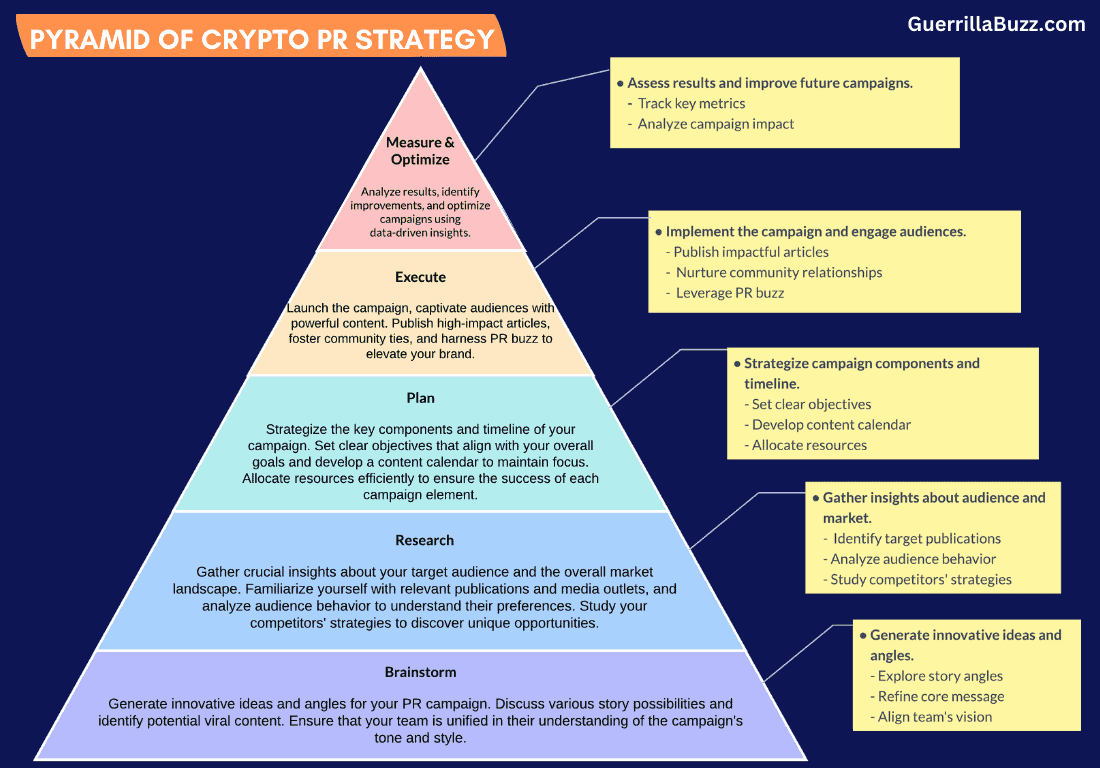
3. Overvaluing Top-Tier Media
Aiming only for top-tier sites can be tough and expensive, especially for newer projects. Top-tier sites typically prefer established projects, making it harder for unknowns to get featured without substantial investment. Diversify your PR strategy by getting features on both high-profile and smaller sites. Smaller sites can provide strong, lasting visibility and might drive more traffic over time. This approach allows you to manage your PR budget more effectively and ensures continuous exposure. As your project grows, your pitches to top-tier publications will have a better chance of success.
The idea is simple. Here’s a graph showing the exposure dynamics for smaller publications vs. top-tier publications:
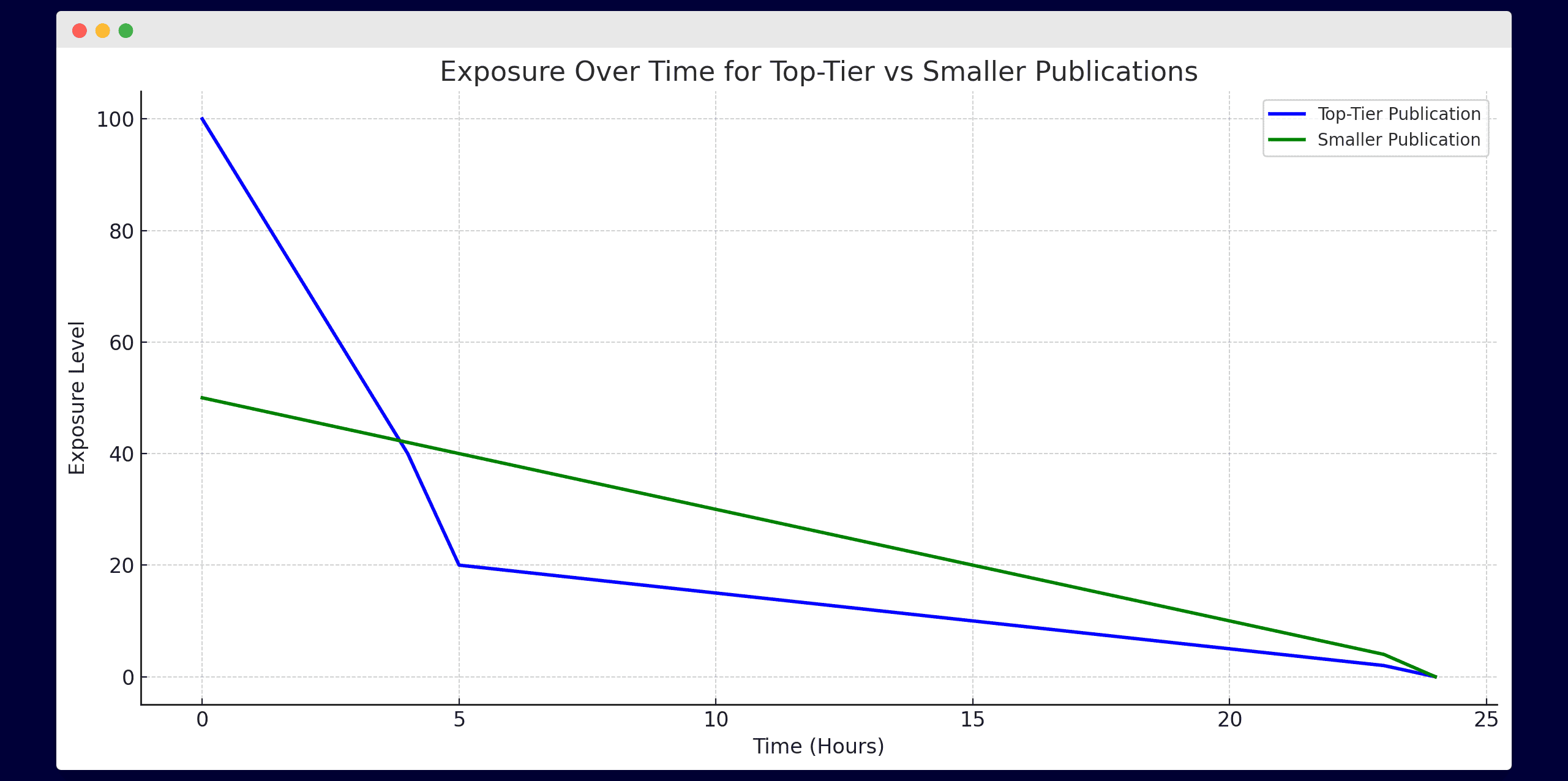
Top-tier publications have many more articles per day, pushing your article down the feed quickly. You get high exposure, but for a shorter time. Smaller publications usually have a slower article flow, keeping you in the spotlight longer. While factors like article quality and publication size matter, diversifying your media mentions across more sites is beneficial if you have a strategy in place.
4. Overspending on Conferences
Conferences can drain your marketing budget fast. I recently met a CMO at the Paris Blockchain Week who said 80% of their budget went into one conference, covering travel, accommodation, and booth setup. While conferences are excellent for networking and deal-making, allocating most of your budget to a single event can be risky. For example, at Token2049, a massive flooding caused delays and cancellations. At Consensus in Austin, Texas in 2022, I was there when the market crashed during the conference, with Crypto Lending Service Celsius pausing withdrawals. These incidents show that unexpected events can impact even the best-planned conferences.
If attending a conference means you can’t produce blog articles, run AMAs, or get featured in news sites for weeks, you need to reconsider your strategy. Your marketing efforts should be balanced and fit your budget, ensuring continuous content production and engagement.
5. Disappearing During Bear Markets
I’ve been in the market since 2017 and have seen many projects go all-in during bull markets only to go silent in bear markets. Bear markets can last for months, but that’s no reason to go quiet. You have a responsibility to your followers, investors, users, and team to keep pushing forward. I understand that during difficult times, there’s less traffic and interest, but that doesn’t mean you can’t engage in cost-effective activities that benefit your company in various ways.
Low-cost activities like blog posts from your lead developers, local meetups (even if it means ordering sushi for the attendees), and Twitter AMAs are great ways to keep your community engaged. Transparency about your activities, current status, and goals helps maintain trust and interest even during tough times. Keep moving, keep showing up, and continue to communicate openly with your audience.
Conclusion
Navigating PR in the Crypto and Web3 space is challenging but manageable with the right strategies. Avoid these common mistakes to boost your PR efforts and ensure your project’s long-term success. Keep moving forward, stay transparent, and adapt your strategies to fit your budget and needs. Good luck on your journey!
About the Author

Yuval is a savvy SEO and marketing expert with over a decade of experience. Specializing in the blockchain industry, he's the go-to guy for crypto companies looking to simplify their digital marketing strategies and achieve explosive growth. As a digital nomad and successful company builder, Yuval brings a fresh, creative perspective to every project he tackles.

